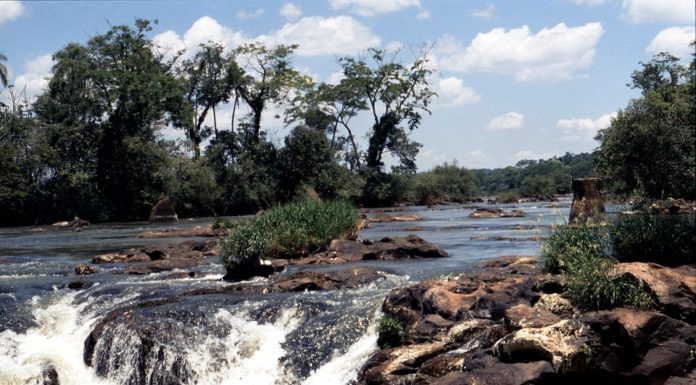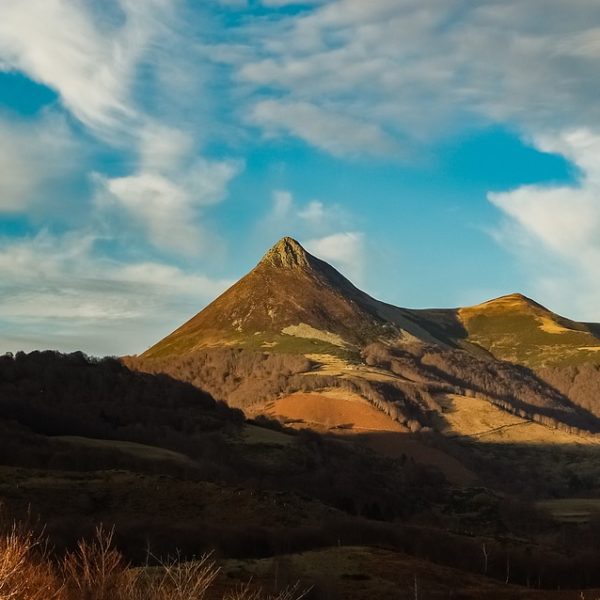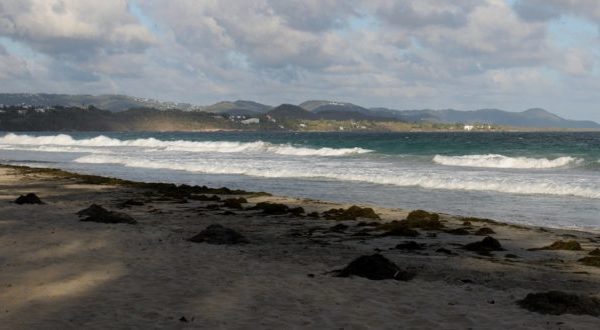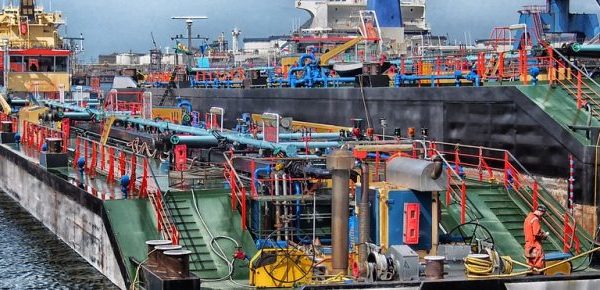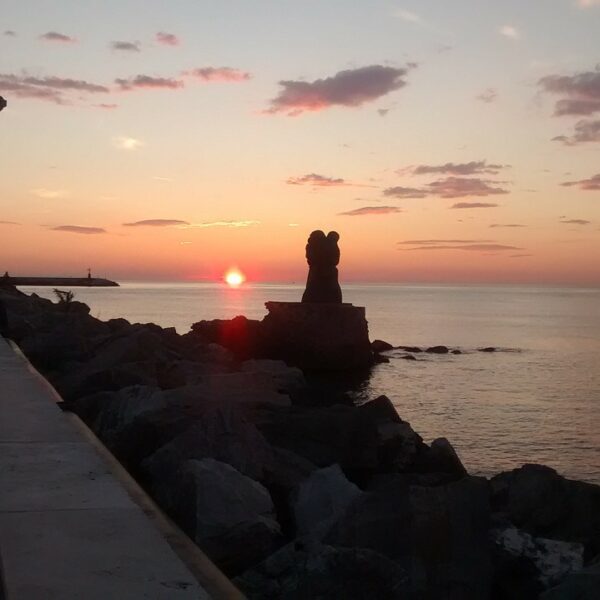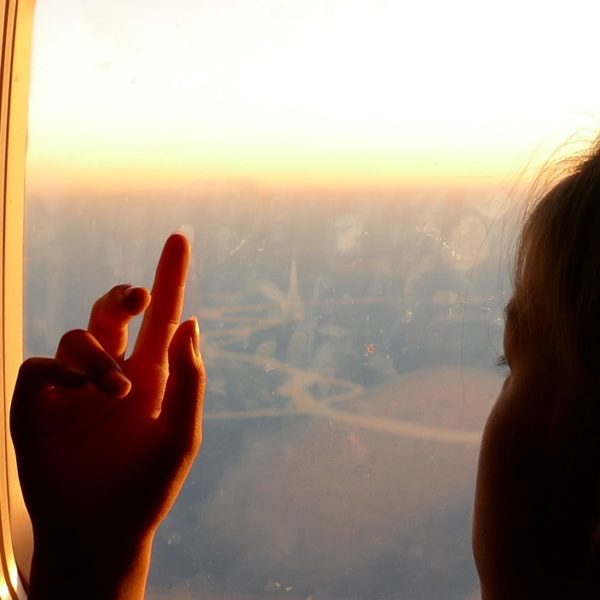If Brazil is said, most of us will come across Rio de Janeiro and Copacabana beaches. Of course, coffee. A football. Let’s take a look at the south of Brazil, which may not be so famous for us, but it can certainly be as interesting as the tourist-famous places.
A little geography
South Brazil occupies approximately 7% of its territory, with 14.4% of the entire Brazilian population living there in 2009. It consists of Paraná, Rio Grande to Sula Santa Catarina and neighbors with Uruguay, Paraguay and Argentina. Within Brazil, the region is one of the most densely populated.
A little history
One of its dominant cities is the Salvador debate with approximately three million inhabitants. The city was founded in 1549 and until 1763 it was the capital of a Portuguese colony6, then the capital became Rio de Janeiro. Because of its key position during the colonial period, the city met with Indian, European and African cultural influences. The city is still one of the centers of African-Brazilian culture.
The historical center with many Renaissance and Baroque buildings has been listed on UNESCO’s World Heritage List since 1985. The Salvador is divided between the Lower and the Upper Town, including a height difference of up to 80 m, which connects the famous Lacerda lift.
The famous writer Jorge Amado lived in Salvador, describing in his books the peculiar atmosphere of the city, characteristic of the intermingling of individual cultures.
Danced city, food and drink
If you like excitement, music, dancing, drum sounds, this city is made for you. People have a good mood, there is nothing special to see them dancing in the streets. They go to work, to the church (there are mostly Catholics), they go out to the streets for fun in the evening. They talk, eat and drink, dance. Almost every day there is a party, parade of musicians with drums and other musical instruments.
If you miss the rhythm of the music and the sexy dancers, you can wake the blood in your veins with a favorite cocktail called Caipirinha. Believe that a third glass of a drink composed of “cachacy,” a national alcoholic beverage known as Brazilian rum, lime, sugar and ice cubes, you will also dance with plaster on the leg.
And when you dance and dance after you dance, you can strengthen yourself with a hearty meal. The meals come out quite cheaply, and you get the right portion. In Brazil, it is not good to be a vegetarian. The meals are composed mainly of different kinds of meat – beef, pork, chorizo, a kind of sausage. This is done with black beans or rice, but also with lots of vegetables. The favorite is manioc flour. As a dessert you will get fruit – melon, papayu, mango.
If you come to the coast, you will surely get a fish. For example, grated red, salted and dusted with lemon and charred on charcoal are among the greatest delicacies. The salsa and beer-cake adds you to the sun-drenched beach chairs with fine sand, which are washed by turquoise blue waves. And when you scrub, you can enjoy the sun, swim in the turquoise blue sea, or rent a boat and experience a picnic of one of the islands. And if the wind rises and the waves go wild, you can try to tame the surf.
Man in armor
In the evening you will return to the danced streets of Salvador. But beware, you can come across a man who does not dance like one. A poet, a musician, a sculptor and an overwhelming figure on the streets of Salvador. This man made a kind of metal armor, a mask made of small cones on his face. Allegedly in this armor, he has been going for 46 years and serves as protection against assault. And, of course, as a tourist attraction. It is a grateful target for tourist cameras.
Yes, Brazil is dangerous and probably not a destination suitable for a quiet family holiday. But if you follow certain safety rules, you can experience the exciting and unforgettable holiday here.

